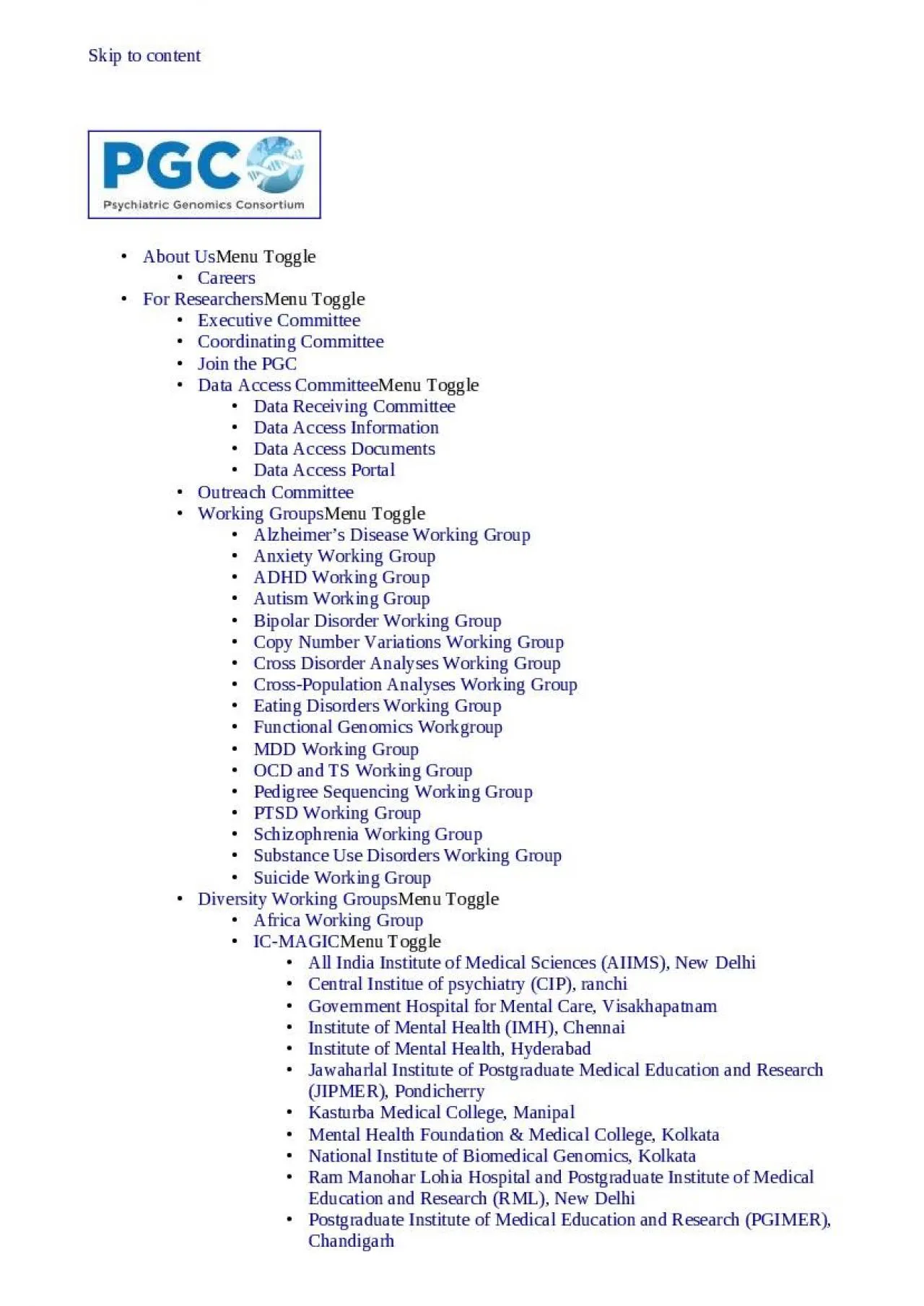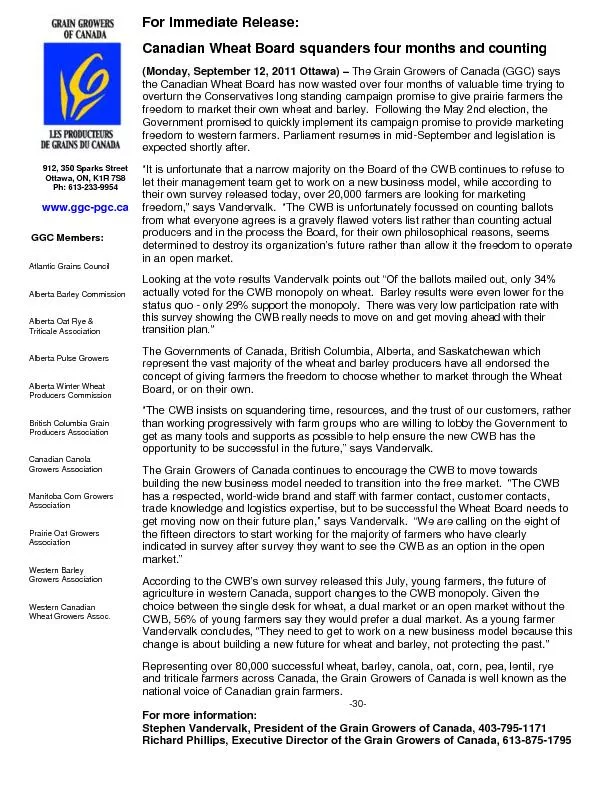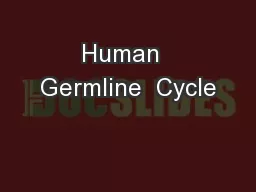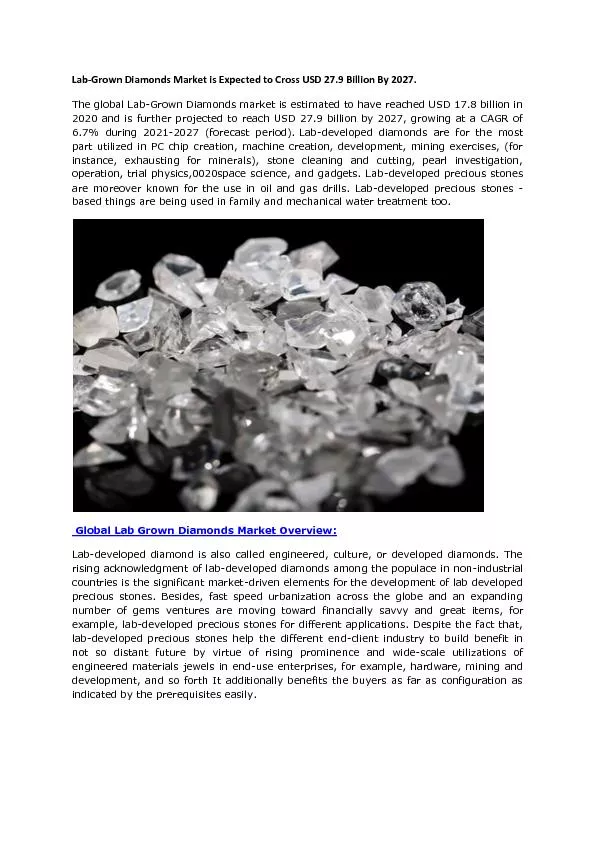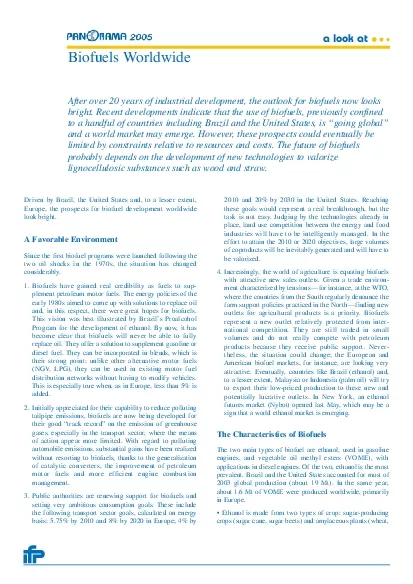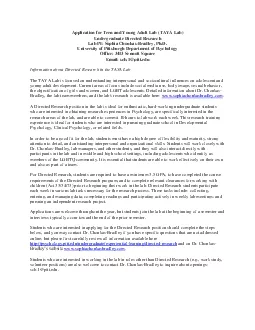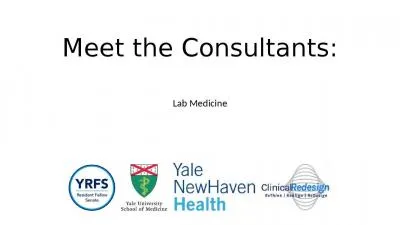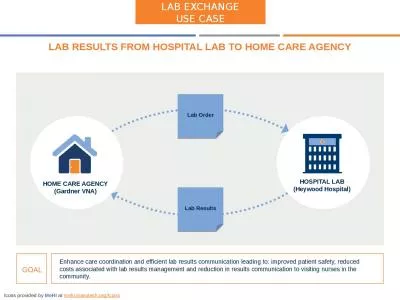PPT-PGC Worldwide Lab Call Details
Author : berey | Published Date : 2022-05-17
DATE Friday February 22 nd 2013 PRESENTER Naomi Wray The University of Queensland Australia TITLE Genetic relationship between five psychiatric disorders estimated
Presentation Embed Code
Download Presentation
Download Presentation The PPT/PDF document "PGC Worldwide Lab Call Details" is the property of its rightful owner. Permission is granted to download and print the materials on this website for personal, non-commercial use only, and to display it on your personal computer provided you do not modify the materials and that you retain all copyright notices contained in the materials. By downloading content from our website, you accept the terms of this agreement.
PGC Worldwide Lab Call Details: Transcript
Download Rules Of Document
"PGC Worldwide Lab Call Details"The content belongs to its owner. You may download and print it for personal use, without modification, and keep all copyright notices. By downloading, you agree to these terms.
Related Documents

